Introduction: The Vital Role of Grab Bars in Bathroom Safety
In the quest for a safer home environment, particularly in the bathroom where most household accidents occur, the strategic installation of bathtub grab bars emerges as a fundamental precautionary measure. These seemingly simple fixtures can significantly reduce the risk of slips and falls, making them indispensable for individuals of all ages, but especially crucial for the elderly and those with mobility challenges. This comprehensive guide delves into the art and science of optimal bathtub grab bar placement, exploring how the right positioning can enhance safety and support without compromising on aesthetics.
Understanding the Importance of Grab Bars
Grab bars are more than just metallic handles; they are essential tools for maintaining balance, providing stability, and facilitating independent movement in and around the bathtub. By offering a secure point of contact, they empower users to confidently navigate slippery surfaces, enter and exit the tub safely, and even perform routine tasks like showering with reduced fear of accidents. Correct placement is thus vital to ensure these benefits are fully realized.
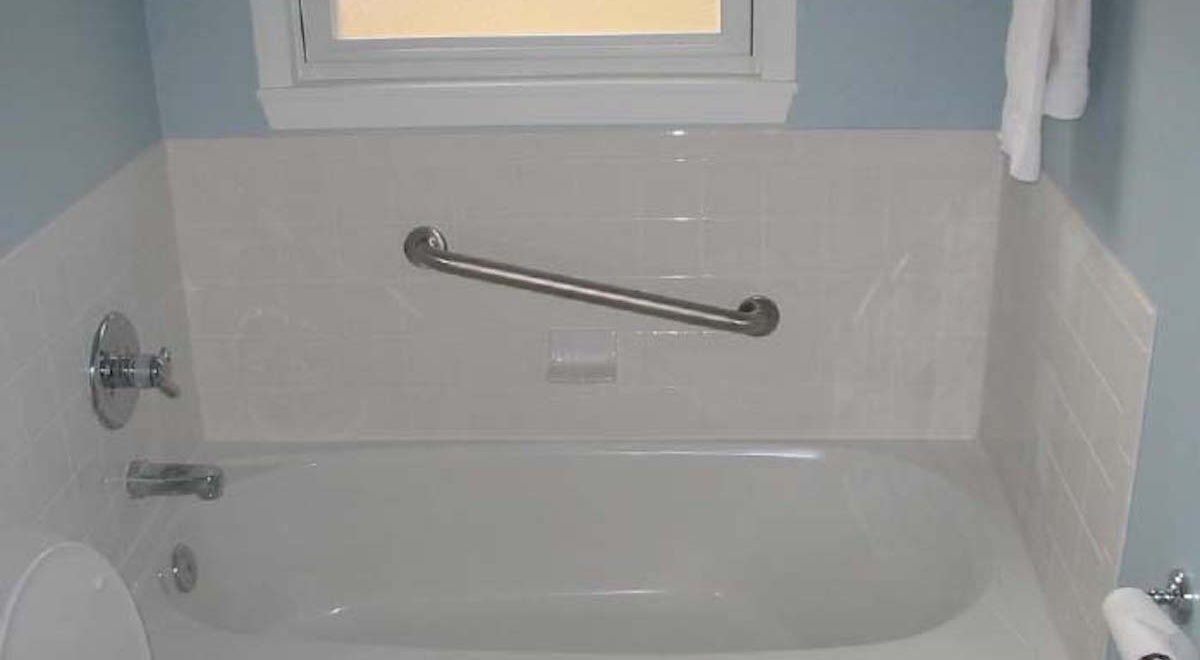
Assessing Individual Needs and Bathroom Layout
Before installing grab bars, it’s imperative to consider the unique needs of the user and the specific layout of the bathroom. Factors such as the user’s height, strength, and mobility limitations, along with the dimensions and design of the bathtub area, should all inform the decision-making process. For instance, taller individuals may require higher-placed bars, while those with limited upper body strength might benefit from additional horizontal bars for better leverage.
Key Locations for Grab Bar Installation
1. Entry/Exit Points
The most critical location for grab bars is undoubtedly at the entry and exit points of the bathtub or shower. Installing a vertical bar on the wall beside the tub allows users to hold onto it while stepping in or out, reducing the risk of slips during transitions. A second horizontal bar, positioned at an ideal gripping height (usually between 33 and 36 inches from the floor), adds extra support for lifting oneself up or lowering down safely.
2. Inside the Tub
Within the tub itself, a horizontal grab bar along the back wall provides a sturdy grip for users when sitting down, standing up, or shifting positions. Placing this bar at chest height ensures it’s easily reachable whether seated or standing. Consideration may also be given to adding diagonal or L-shaped bars that cater to different angles of support, enhancing overall stability.
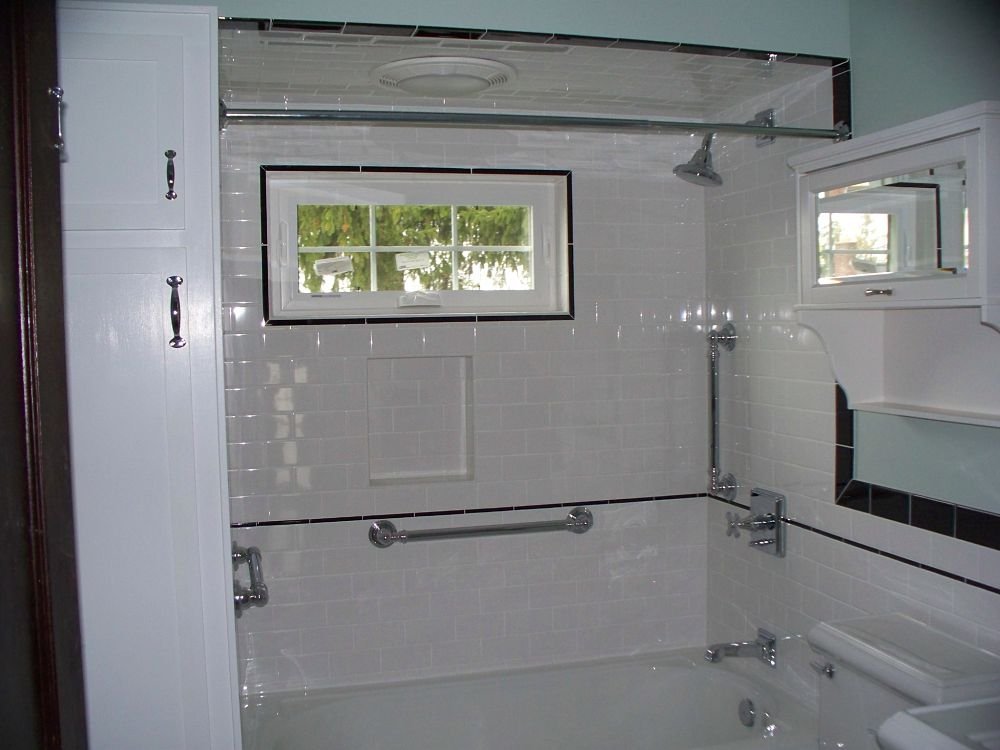
3. Adjacent Walls
Installing grab bars on adjacent walls to the bathtub creates a network of support, allowing users to move more freely within the bathing area. A horizontal bar on the side wall, parallel to the tub, offers additional assistance when turning or transferring weight. This configuration is particularly helpful for individuals who need extra stability while washing their legs or lower body.
Installation Considerations: Strength and Stability
Proper installation is paramount to ensure grab bars provide reliable support. It’s crucial to use high-quality materials and hardware designed specifically for grab bar installations, anchoring them securely into wall studs or using specialized anchors if necessary. Professional installation is often recommended to guarantee that the bars can withstand significant force without pulling away from the wall.
Aesthetics Meets Functionality
While safety is the primary concern, integrating grab bars seamlessly into bathroom decor is also important for many homeowners. Today’s market offers a wide array of styles, finishes, and colors that can complement any bathroom design, from sleek chrome to warm brushed nickel, ensuring both safety and style coexist harmoniously.
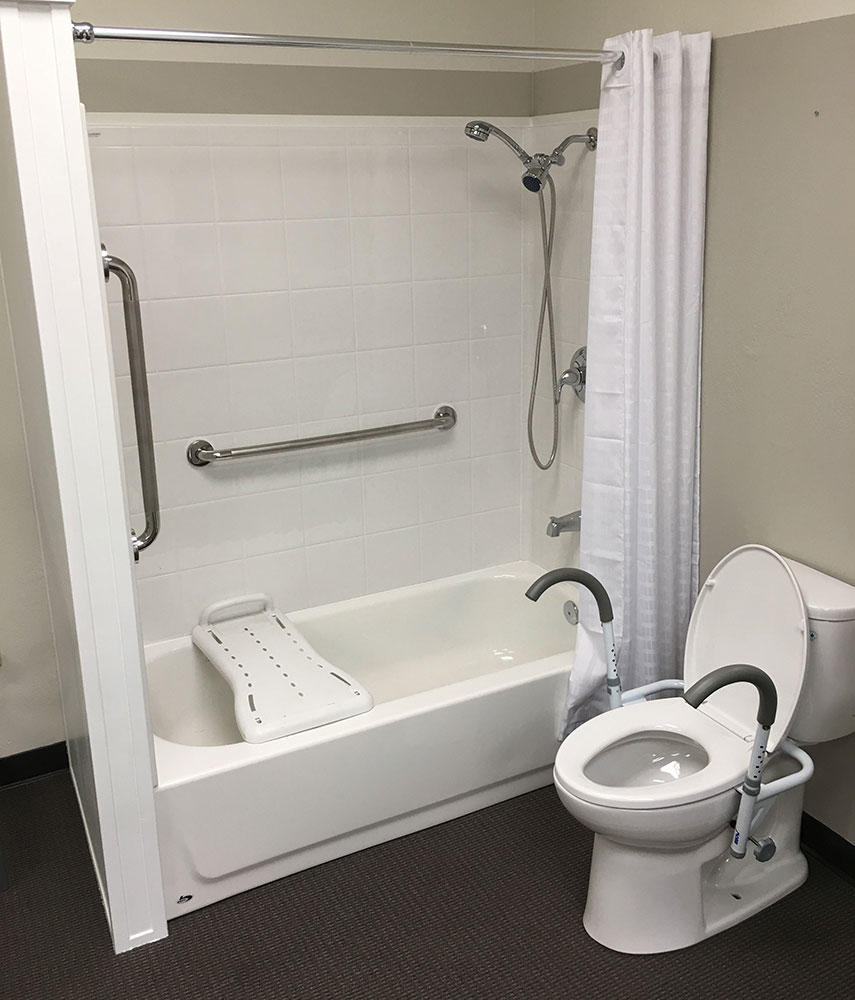
Enhancing Safety Features: Advanced Options and Innovations
As technology advances, so do the features of bathtub grab bars, offering enhanced safety and convenience. Here are a few innovations to consider:
- Grip Texture and Temperature Control: Some modern grab bars incorporate textured surfaces to improve grip, even when wet, further minimizing slip risks. Advanced models may even have temperature-regulating features to prevent the metal from becoming too hot or cold to the touch, ensuring comfort and safety in varying climates.
- Adjustable and Locking Mechanisms: Adjustable grab bars allow for customization post-installation, enabling users to modify the bar’s position according to changing needs. Locking mechanisms ensure these adjustments stay in place, providing a secure hold without the need for frequent readjustments or reinstallations.
- Smart Integration: With the rise of smart home technology, some grab bars now integrate sensors and connectivity features. These can detect falls and automatically trigger alerts to caregivers or emergency services. Additionally, they may include lighting systems that illuminate the path to the bathtub, enhancing visibility and reducing tripping hazards at night.
- Fold-Down and Multi-Purpose Designs: Space-saving designs, like fold-down grab bars, are perfect for compact bathrooms. They can be flipped up when not in use, preserving the bathroom’s aesthetics and functionality. Some grab bars also double as towel racks or toilet paper holders, combining safety features with practicality.
- Strength-Testing Tools: To ensure ongoing safety, there are devices available to periodically test the installed grab bars’ stability. These simple-to-use testers apply pressure to simulate user weight, giving homeowners peace of mind knowing their grab bars remain securely anchored over time.
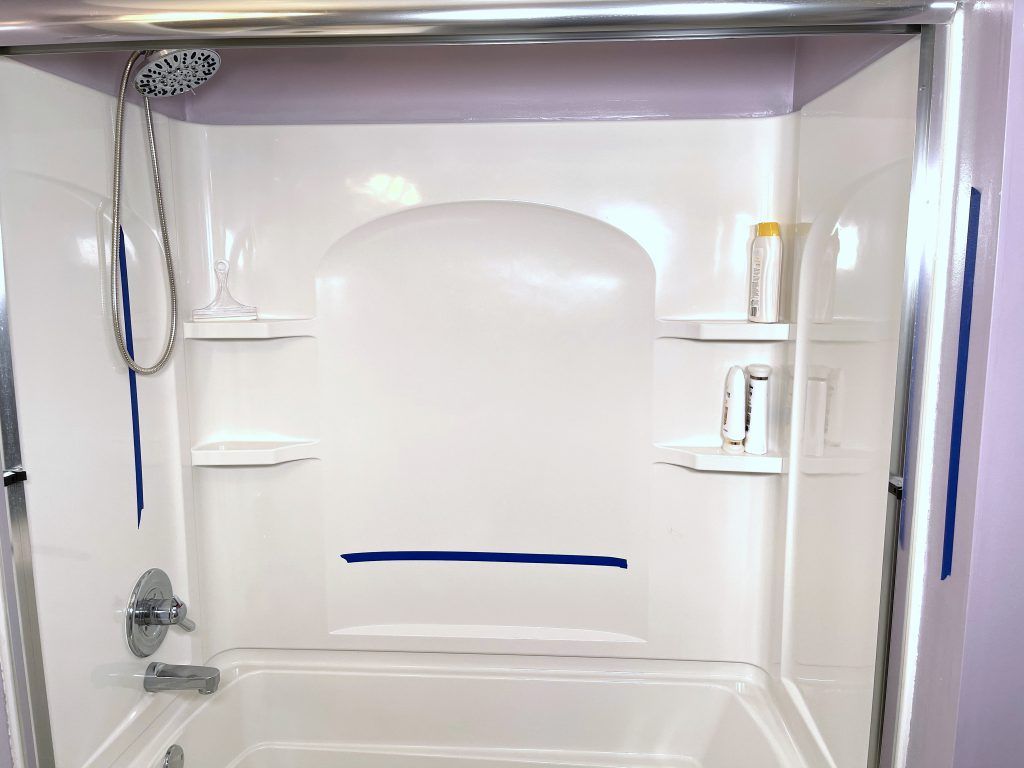
Maintenance and Regular Checks
Regular maintenance is key to preserving the integrity and safety of grab bars. This includes inspecting the mounting hardware for signs of wear, checking for any looseness in the bars, and ensuring the finish remains intact to prevent rust or corrosion. Periodically cleaning the bars with mild soap and water prevents buildup that could affect grip.
Promoting Awareness and Education
Lastly, promoting awareness about the importance of grab bars and their correct usage is as crucial as their installation. Family members and caregivers should be educated on the role grab bars play in preventing accidents and encouraged to assist in identifying areas where additional support may be needed. Open discussions about bathroom safety can lead to proactive measures that significantly enhance the well-being of all household members, particularly the elderly and those with disabilities.
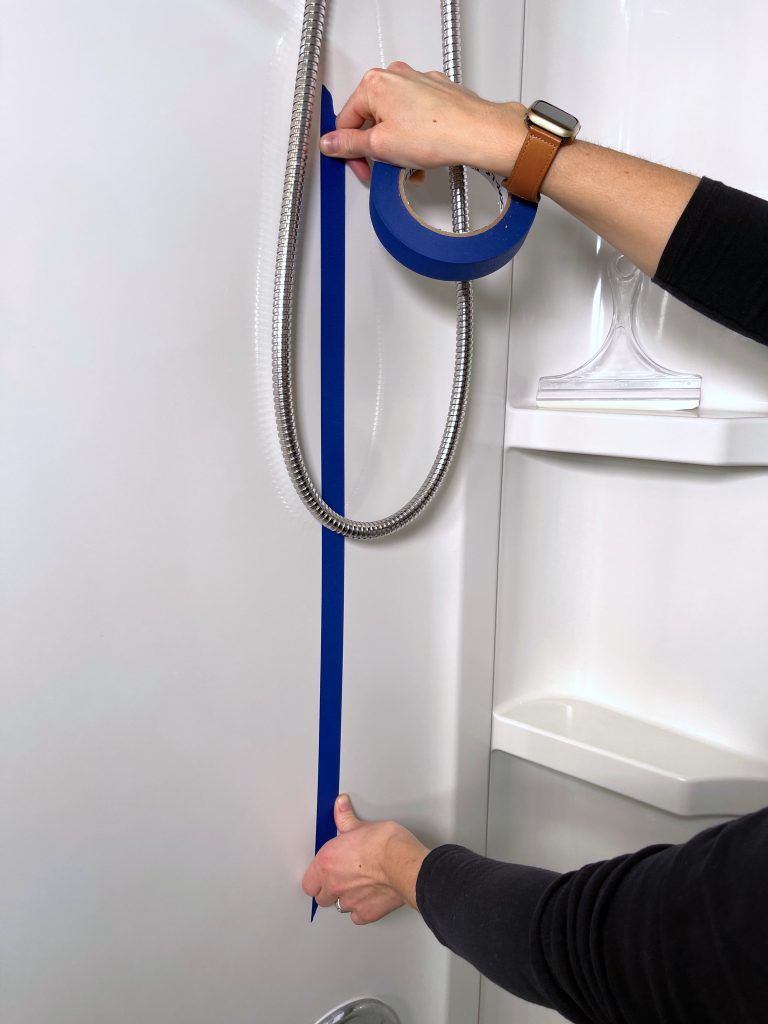
Conclusion: Empowering Independence and Safety
By thoughtfully placing bathtub grab bars in strategic locations, homes become safer havens where independence and dignity are preserved. Understanding individual needs, assessing the bathroom’s layout, and following best practices for installation create a supportive environment that not only reduces the risk of injury but fosters confidence and comfort. In doing so, we acknowledge the pivotal role grab bars play in promoting a healthier, more accessible lifestyle for all.
